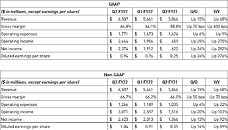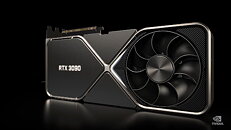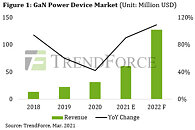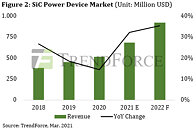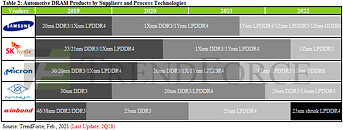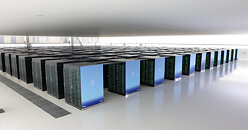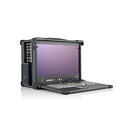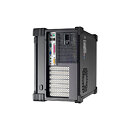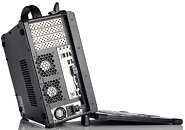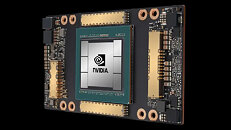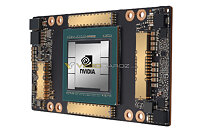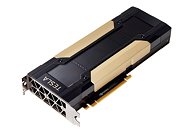Global Server Shipments Expected to Increase by 2.05% in 2024, with AI Servers Accounting For Around 12.1%
TrendForce underscores that the primary momentum for server shipments this year remains with American CSPs. However, due to persistently high inflation and elevated corporate financing costs curtailing capital expenditures, overall demand has not yet returned to pre-pandemic growth levels. Global server shipments are estimated to reach approximately. 13.654 million units in 2024, an increase of about 2.05% YoY. Meanwhile, the market continues to focus on the deployment of AI servers, with their shipment share estimated at around 12.1%.
Foxconn is expected to see the highest growth rate, with an estimated annual increase of about 5-7%. This growth includes significant orders such as Dell's 16G platform, AWS Graviton 3 and 4, Google Genoa, and Microsoft Gen9. In terms of AI server orders, Foxconn has made notable inroads with Oracle and has also secured some AWS ASIC orders.
Foxconn is expected to see the highest growth rate, with an estimated annual increase of about 5-7%. This growth includes significant orders such as Dell's 16G platform, AWS Graviton 3 and 4, Google Genoa, and Microsoft Gen9. In terms of AI server orders, Foxconn has made notable inroads with Oracle and has also secured some AWS ASIC orders.
















